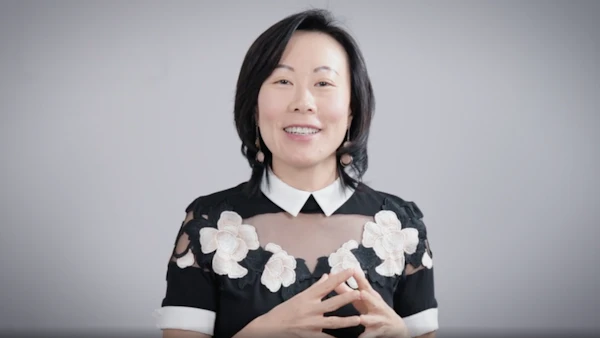According to the Association of Diabetes Care & Education Specialists (ADCES), any of these factors could indicate that a person with diabetes may benefit from CGM:2,3
- Taking multiple daily injections of insulin
- Using an insulin pump
- Frequent hypoglycaemia
- Hypoglycaemia unawareness
- Newly diagnosed with type 2 diabetes, to use as an educational tool
- High degree of glycaemic variability
- Not achieving glucose targets
- People with type 2 diabetes not on intensive insulin regimens and exhibiting good glucose control, but may benefit from CGM as an alternative to self-monitoring of blood glucose (SMBG)
